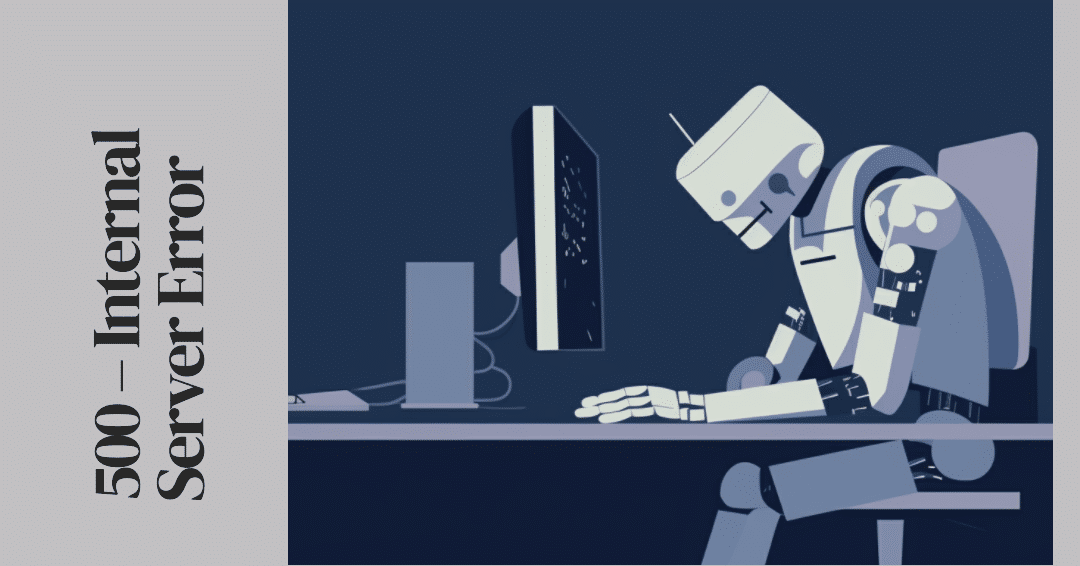The 500 Internal Server Error is arguably one of the most recognizable HTTP status codes. If you’ve spent any significant amount of time on the internet, chances are you’ve encountered this mysterious error. This code indicates that there is a problem with the server or the server’s resources, but the server cannot provide more specific details about the nature of the problem.
Understanding HTTP Status Codes
Before delving into the specifics of the 500 Internal Server Error, it’s important to understand what HTTP status codes are. When a user tries to access a webpage, the user’s browser sends a request to the server hosting the webpage. The server responds with an HTTP status code, a three-digit number that communicates the status of the request.
HTTP status codes fall into five categories, each represented by the first digit of the status code:
- 1xx (Informational): The request has been received and the process is continuing.
- 2xx (Successful): The request was successfully received, understood, and accepted.
- 3xx (Redirection): Further action needs to be taken in order to complete the request.
- 4xx (Client Error): The request contains bad syntax or cannot be fulfilled.
- 5xx (Server Error): The server failed to fulfill a valid request.

Breaking Down the 500 Internal Server Error
The 500 Internal Server Error is a “server-side” error, meaning the problem is not with your computer or internet connection but instead with the website’s server. Although this code doesn’t tell you the exact problem, it’s a catch-all response when no more specific message is suitable. This typically implies that the server is overwhelmed, down for maintenance, or configured incorrectly.
Common Causes and Solutions
- Server Overload: If a server is overloaded with too many users or too much data, it might return a 500 Internal Server Error. The best solution in this case is usually to try again later when the server is less busy.
- Server Misconfigurations: If the server’s software is not set up correctly, it can result in a 500 error. This can often be fixed by the server’s administrator making the appropriate changes in the server’s configuration files.
- Faulty Programming: If the website or application hosted on the server contains a bug or error in its code, it can cause a 500 error. In this case, the developers responsible for the site or application will need to correct the issue in their code.
- Server Maintenance: Sometimes, servers need to go down for maintenance, which can cause a 500 error. Typically, this is only temporary, and the server will be back online after the maintenance is complete.






